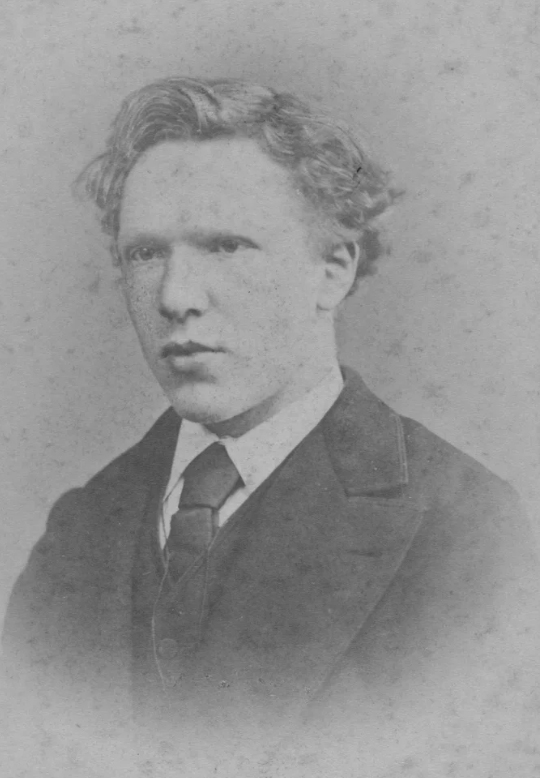 Vincent Van Gogh (1853 – 1890) was born in the Netherlands, the son of a Dutch Reformed minister and a bookseller’s daughter. Although his artistic career lasted only a decade and he never received critical or commercial attention in his lifetime, Van Gogh has since become one of the most recognizable and celebrated figures in the history of western art.
Vincent Van Gogh (1853 – 1890) was born in the Netherlands, the son of a Dutch Reformed minister and a bookseller’s daughter. Although his artistic career lasted only a decade and he never received critical or commercial attention in his lifetime, Van Gogh has since become one of the most recognizable and celebrated figures in the history of western art.
As a young man, Van Gogh pursued various careers, including as a Protestant clergyman, until deciding to become an artist at age twenty-seven. Largely self-taught, Van Gogh trained as an artist in large part by studying drawing manuals and relentlessly practicing. Van Gogh’s admiration for Barbizon artists such as Jean-Francois Millet led him to paint rural life at first. In fact, Van Gogh’s first multifigured, large-scale composition, The Potato Eaters, pays homage to Millet’s unglamorized depictions of the working class.
In 1885, Van Gogh left the Netherlands for Paris, where he lived with his brother Theo, who worked as an art dealer. In Paris, Van Gogh was exposed to the then avant-garde work of the Impressionists and Pointillists, whose bright palate and sharp juxtaposition of color had a tremendous influence on him. In response, Van Gogh began using brighter colors and experimented with the broken brushwork that he is known for today.
In 1888, Van Gogh left Paris for the south of France, hoping to establish a community of artists at Arles, where he found the light and color particularly captivating. During this period, Van Gogh completed numerous landscapes, still lives, and portraits, all the time experimenting with his painting technique to capture the light, energy, and verve of what he saw. This period of creative exploration was cut short when Van Gogh suffered a mental breakdown and was hospitalized in December 1888. Upon his release, Van Gogh continued to paint and experiment with the expressive role of color. Tragically, however, he was unable to escape his struggle with mental illness and died of a self-inflicted gunshot wound in July 1890. Although he was only active as an artist for a decade, Van Gogh produced nearly 900 paintings and more than 1,100 works on paper. At the time of his death, his work was just beginning to receive critical attention. Within the next few decades, his work would become crucial inspiration for such breakthrough art movements as Fauvism and German Expressionism.
Van Gogh’s work is represented in the permanent collections of museums worldwide including The Metropolitan Museum of Art, New York; The Museum of Modern Art, New York; The National Gallery of Art, Washington, DC; The Museum of Fine Arts, Boston; Kröller-Müller Museum, Netherlands; The Phillips Collection, Washington DC; and the Portland Museum of Art, Portland. In 1973, the Van Gogh museum opened in Amsterdam, housing the largest collection of work by Van Gogh and quickly becoming the second most popular museum in the Netherlands.

